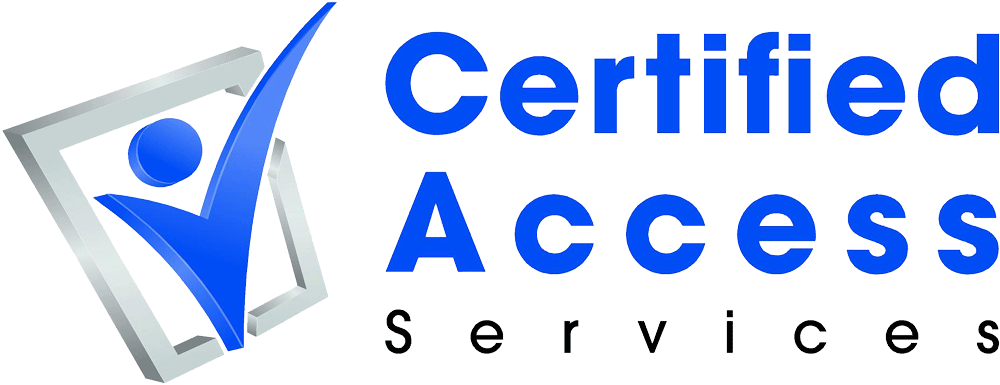All-Gender Restroom Signs Required after March 1, 2017
/Beginning on March 1, 2017 ALL single accommodation toilet facilities MUST be identified as an "ALL-GENDER RESTROOM"
What is a single accommodation toilet facility?
If your restroom contains either one toilet (OR) one toilet and a urinal then that restroom is considered a single accommodation toilet facility
What law requires this?
Assembly Bill 1732 (Ting, Chapter 818, Statutes of 2016) was signed into law on September 29, 2016, to create Health and Safety Code Section 118600, relating to the identification of single-user toilet facilities as all-gender toilet facilities.
Health and Safety Code Section 118600 requires:
(a) All single-user toilet facilities in any business establishment, place of public accommodation, or state or local government agency shall be identified as all-gender toilet facilities by signage that complies with Title 24 of the California Code of Regulations, and designated for use by no more than one occupant at a time or for family or assisted use.
(b) During any inspection of a business or a place of public accommodation by an inspector, building official, or other local official responsible for code enforcement, the inspector or official may inspect for compliance with this section.
(c) For the purposes of this section, “single-user toilet facility” means a toilet facility with no more than one water closet and one urinal with a locking mechanism controlled by the user.
(d) This section shall become operative on March 1, 2017
For more information about how to identify your restroom, Please click here to view the DSA's interpretation.

